Knowing the signs of a stroke could help save a life. Here are the 10 telltale signs of a stroke, and how to act fast.
Every 40 seconds, someone in the U.S. has a stroke. More than 137,000 people die each year from strokes, making it the third leading cause of death in the United States. (1)
While these statistics are scary, it’s even more alarming that most people don’t know the basic signs of a stroke. In fact, as many as 97 percent of people over the age of 50 are ignorant of the warning signs. (2)
Want to go Paleo? Not sure where to start?
Start with this FREE Paleo For Beginners Guide Today!
It is essential to act quickly when you see the signs of a stroke. The faster medical treatment is received, the better the chances of recovery.
What Causes a Stroke?
A stroke is when the blood supply to certain parts of the brain gets stalled, leaving delicate brain tissue without oxygen and nutrients. When this happens, it only takes minutes for tissues to be irreversibly damaged and destroyed, so acting quickly is essential.
Strokes are caused by two primary reasons: a blocked artery (ischemic stroke) or a burst blood vessel (hemorrhagic stroke).
A blocked artery is the most common cause, accounting for more than 80 percent of all strokes. A blood clot is often at the root of this blockage. (3)
A hemorrhagic stroke occurs when a blood vessel in the brain leaks or bursts. This can happen because of high blood pressure, incorrect dosing of blood thinners, or aneurysms, which are weak spots in the walls of blood vessels. (4)
Why Healthy People Can Get Strokes
You don’t need to suffer from chronic disorders or high blood pressure in order to have a stroke. While risk factors such as smoking certainly increase the odds, research reports that they only account for half of the reason someone might have a stroke. Genetics plays an equally important role. (5)
It’s also possible to have what’s known as a transient ischemic attack, or a “ministroke”. These cases naturally resolve themselves within minutes, and because the episode is so brief, no permanent damage is done.
These types of episodes are often chalked up to being an odd one-off episode, but having a ministroke is a risk factor for a full-blown stroke.
Certain medications, like hormonal birth control, can also pose a risk, especially for women with a genetic predisposition. (6) Other medications that can lead to stroke include NSAID pain relievers, antidepressants, statins, testosterone, hormone replacement therapy, and even vitamin E. (7)
Stroke Risk Factors
It’s important to know the risk factors for stroke so you can be prepared in case symptoms present themselves. The most common risk factors include: (8, 9)
- Obesity
- Sedentary lifestyles
- Excessive alcohol intake
- Using illegal drugs like cocaine or methamphetamines
- Smoking or secondhand smoke exposure
- Diabetes
- High blood pressure or cholesterol
- Sleep apnea
- Heart disease
- Genetics or family history
- Using hormone medications or therapies
Certain types of people are also more at risk than others. These include:
- Those over age 55
- Men
- African-Americans
- Pregnant or menopausal women
10 Signs Someone is Having a Stroke
Recognizing the signs of a stroke is crucial to intervention and treatment. The most common signs that a stroke is happening or is imminent include: (10)
- Trouble speaking or comprehending. If someone can’t understand what you’re saying, or they suddenly start speaking nonsense, it could be a stroke.
- Numbness or paralysis. This typically occurs in one side of the body, usually in the face, arm, or leg. Ask the person to raise their arms above their head or to smile. If something seems lopsided, act immediately.
- Vision problems. Sudden blurred or dimmed vision in one or both eyes is another clear sign.
- Intense headache. These extreme pains are often compared to a migraine.
- Dizziness. Passing out is also possible.
- Nausea. Vomiting can also occur.
- Sudden loss of coordination. Keep an eye out for stumbling, tripping, or difficulty walking.
- Behavioral changes. Look out for completely random mood swings.
- Stiff muscles. You might also feel weird sensations, like pins and needles or numbness.
- Problems swallowing or breathing.
What to Do if Someone Is Having a Stroke
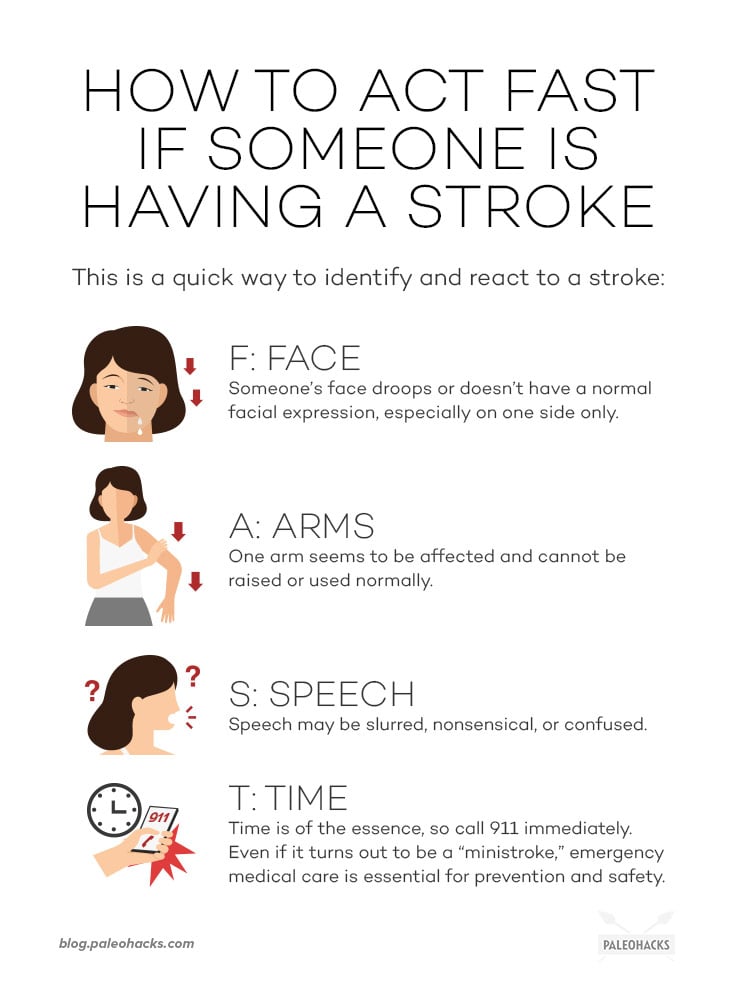
If you experience any of the above signs of a stroke, however brief, get medical care immediately. A doctor should evaluate you to make sure you’re not suffering from high blood pressure, blockages, or clots.
If you’re around someone who has any of the symptoms of a stroke – even if you think it’s an overreaction – you need to act FAST.
FAST is an acronym designed to help people understand the signs of a stroke and how to respond. (11) This is a quick way to identify and react to a stroke:
F: Face: Someone’s face droops or doesn’t have a normal facial expression, especially on one side only.
A: Arms: One arm seems to be affected and cannot be raised or used normally.
S: Speech: Speech may be slurred, nonsensical, or confused.
T: Time: Time is of the essence, so call 911 immediately. Even if it turns out to be a “ministroke”, emergency medical care is essential for prevention and safety.
How to Prevent a Stroke
While we can’t control our genetics, there are certain risk factors that we can get under control. Here are the best ways to decrease your risk of a stroke.
Address High Blood Pressure: If you have high blood pressure, talk to your doctor about the right combination of diet, exercise, or medication you need to get to the root of the problem. (12) Cutting back on alcohol and sodium can also help dramatically.
Lose Weight: Being overweight or obese can cause health problems, including an increased risk of stroke or heart attack. When you lose weight, you take some of the risky pressure off the arteries and veins. (13)
Get Diabetes in Check: Uncontrolled diabetes can be a key trigger for blood pressure and weight gain, which are two main risk factors for a stroke. A healthy diet and regular exercise can rein in glucose and insulin, decreasing the odds of diabetic triggers for things like heart disease and strokes. (14)
Quit Smoking: Tobacco use also increases the risk of a stroke. Work towards quitting to lower your chances of having one. (15)
Drink Less: While drinking in moderation may be okay for some, regular or heavy intake of alcohol increases the risk of stroke and other health problems. (16) Keep in mind that some people are more sensitive to alcohol than others, including those with certain genetic mutations or histamine problems.
Eat a Healthy Diet: Get plenty of fresh, organic vegetables, fruits, and anti-inflammatory omega-3 fats to boost your health and decrease your odds of having a stroke. (17) Aim for at least five servings a day.
Exercise: There’s no way around it: exercise is a crucial aspect of physical health. Exercise will also help to reduce inflammation, cardio workouts, in particular, help to keep veins and arteries healthy and could lower the odds of having a stroke.
The Bottom Line
It’s important to know the signs of a stroke so you can save yourself or a loved one. Remember that time is of the essence, so act quickly when you see the telltale signs. In the meantime, it helps to get your risk factors under control. Keep your weight in check, quit (or try to moderate) drinking and smoking, and manage your diabetes and high blood pressure in order to reduce your risk of having a stroke.
Ready to reduce your stroke risk factors? Here are seven healthy foods that fight high blood pressure naturally, and delicious kale recipes to give your health a boost.


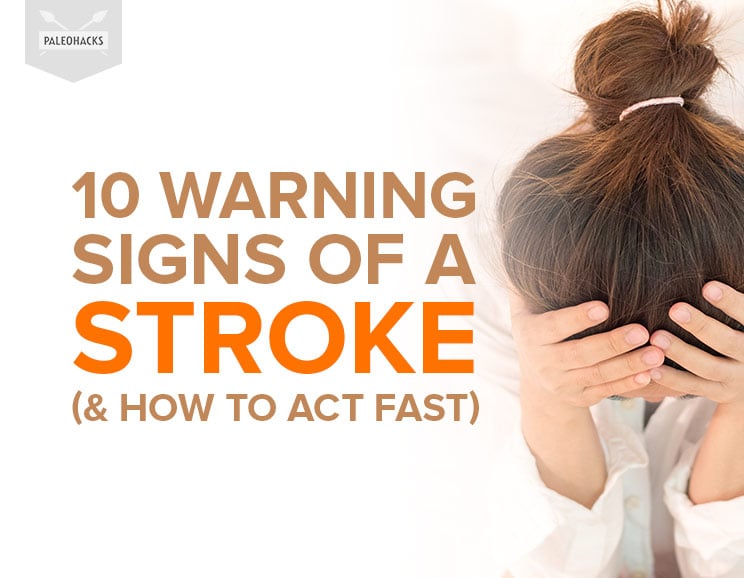
 Slow Cooker Keto Blueberry Lemon Cake
Slow Cooker Keto Blueberry Lemon Cake
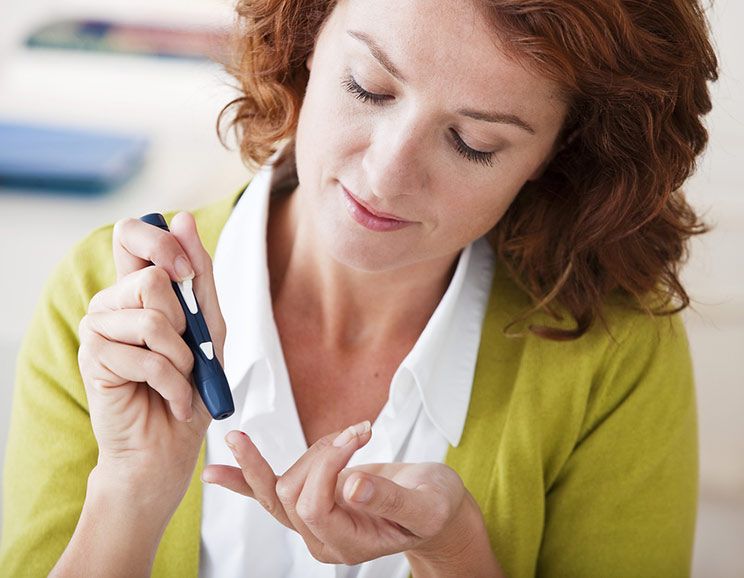
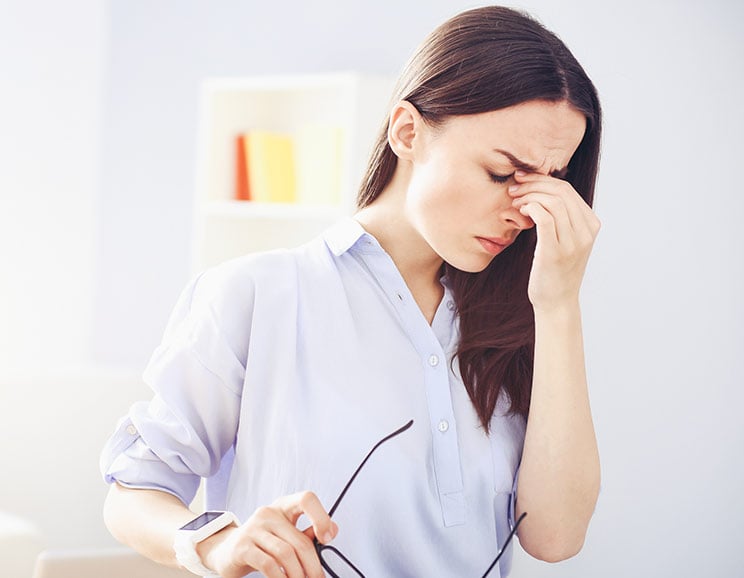
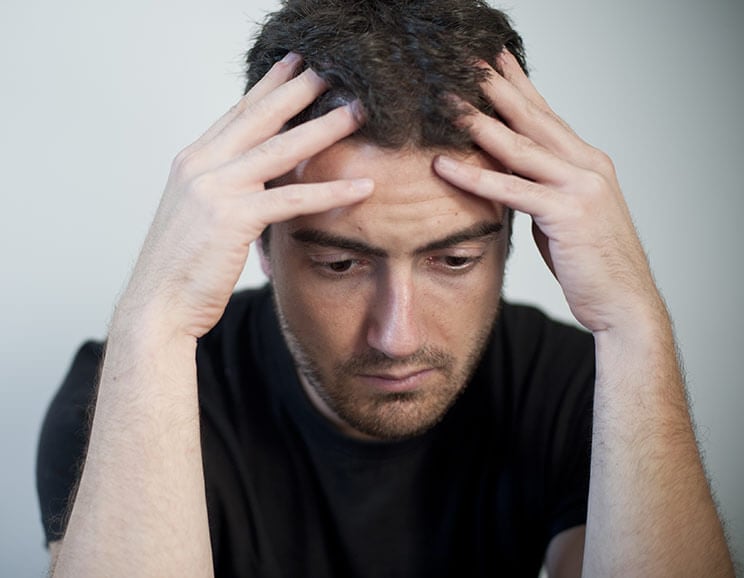
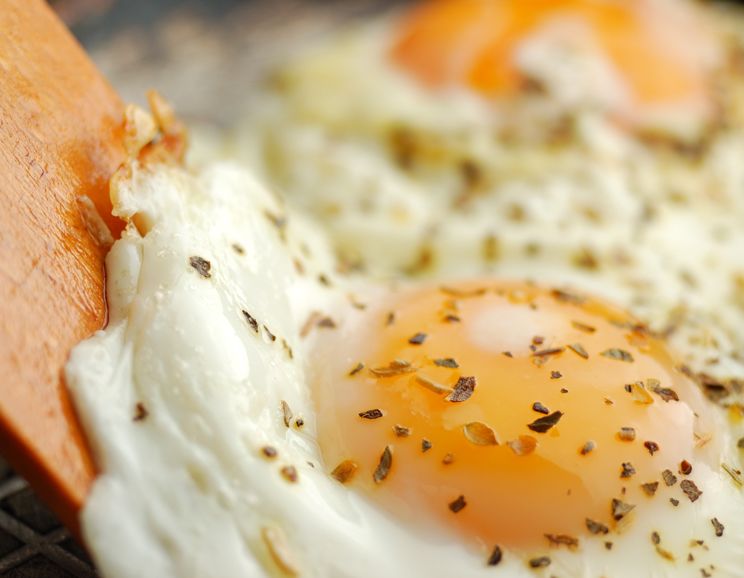

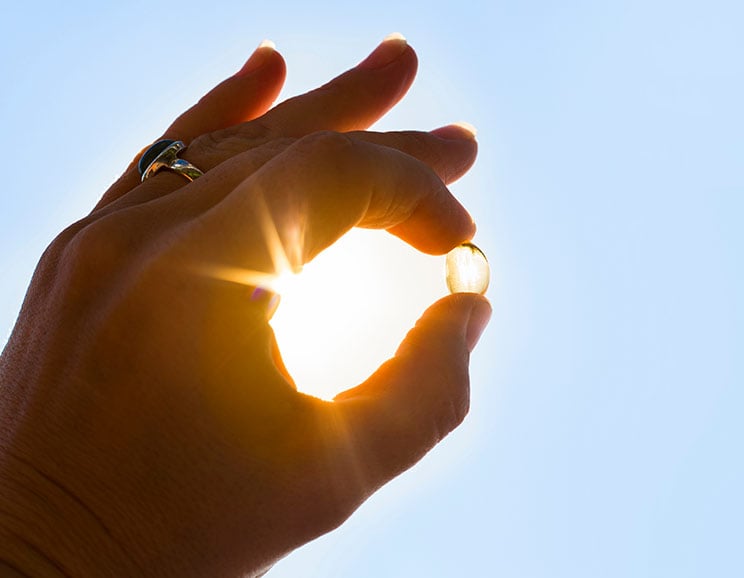
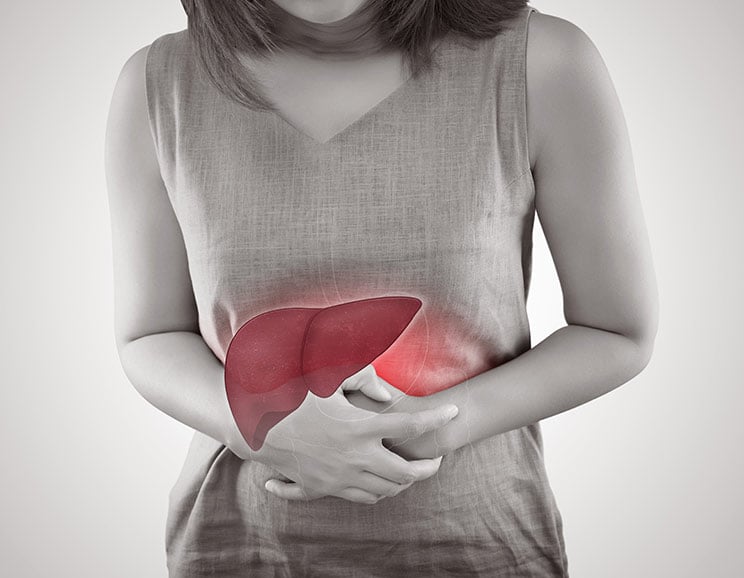
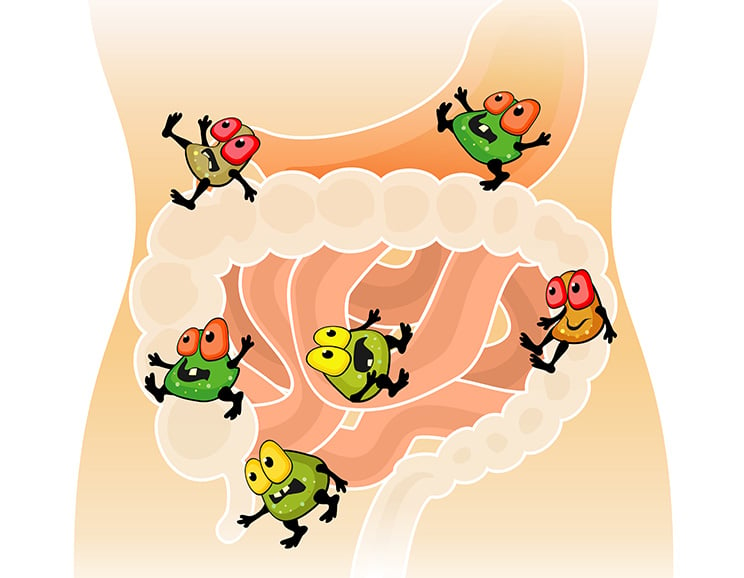

Show Comments